Italy and its cultural and historical treasures: traveling to Rome and Vatican City, do not miss visiting the Sistine Chapel!
The Sistine Chapel in the Vatican is one of the most visited monuments in the smallest state of the world: built between 1477 and 1483, this majestic building is frequented by 6.6 million visitors each year, and its growing tourist attraction even concerns the religious authorities of the Holy See. Indeed, they fear a deterioration of the frescoes associated with an excess of affluence and could, in the future, restrict access. It is in this religious building of Rome that, since the 15th century, the cardinals of the Church elect every new Pope at the end of conclaves. The monument is world-famous to be whistled with the enormous decoration, made by the greatest Renaissance painters: Michelangelo, Le Pérugin, S. Botticelli, Ghirlandaio and Pinturicchio. Every day, 20,000 people come to visit the Sixtine Chapel: to say that you will have to play elbows and book your ticket in advance to be able to contemplate this masterpiece of Italian history.
A brief history of the Sixtine Chapel
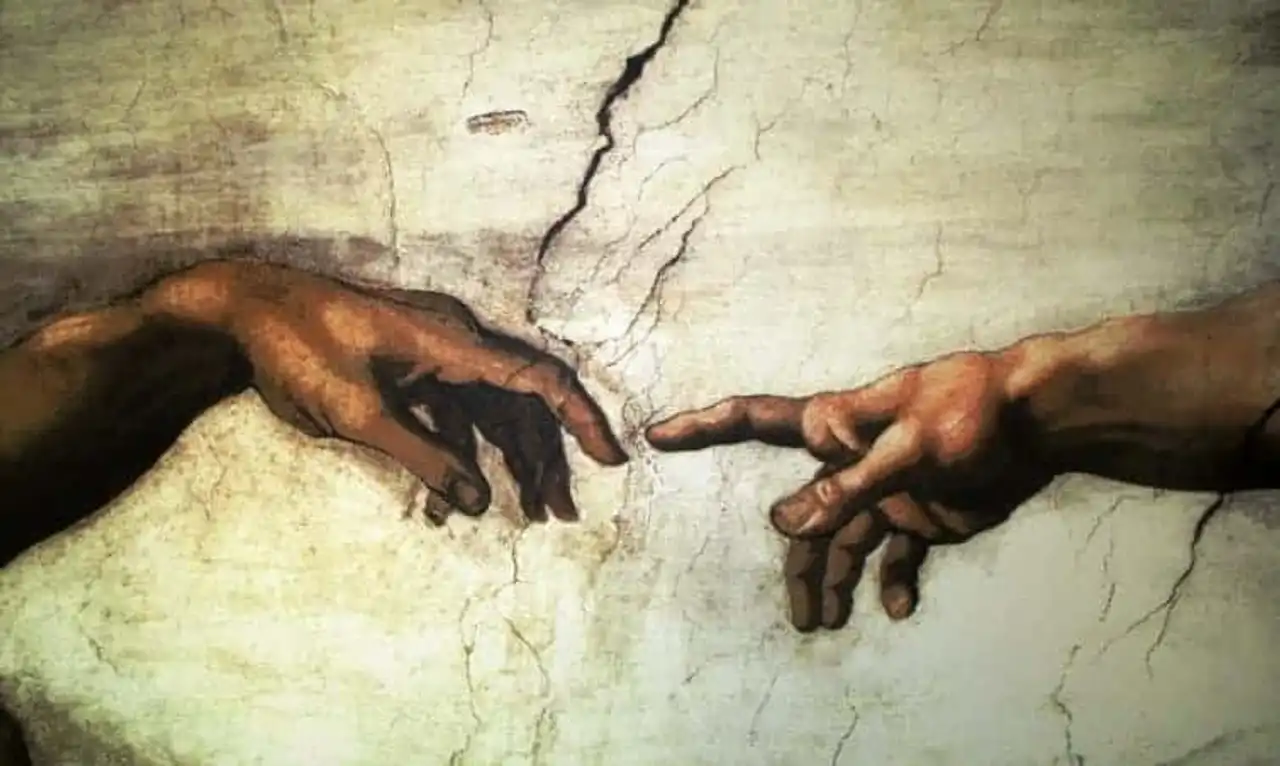
The Sistine Chapel is the largest chapel in the Vatican. Originally, since the 14th century, the building was used to host the liturgical celebrations of the pontifical courtyard. In 1475 Pope Sixte IV commanded the renovation of the building, wishing to reproduce the dimensions of the Temple of Solomon. The work lasted from 1477 to 1483, and the chapel was consecrated at the feast of the Assumption on 15 August 1483. Little by little, the chapel adorns its lateral walls of monumental frescoes, made by Florentine, Tuscan and ombrian painters: The Perugin, Botticelli, Rosselli and Ghirlandaio. Biblical frescoes (representing the life of Moses, Christ, Last Judgement).
Michelangelo (1475-1564), commissioned by Pope Jules II, realized between 1508 and 1512 the famous ceiling of the Sistine Chapel: nine panels in the centre of the vault representing the creation, Adam, Eve and Moses. Later, between 1536 and 1541, Michelangelo will inaugurate another masterpiece having made his international reputation: the huge fresco of the Last Judgement. The ceiling of the Sixtine Chapel is so visited that it makes shadow to other works of art. The richness of the place makes it an essential passage for tourists from all over the world who came to visit the Vatican.
What to see inside the Sixtine Chapel?
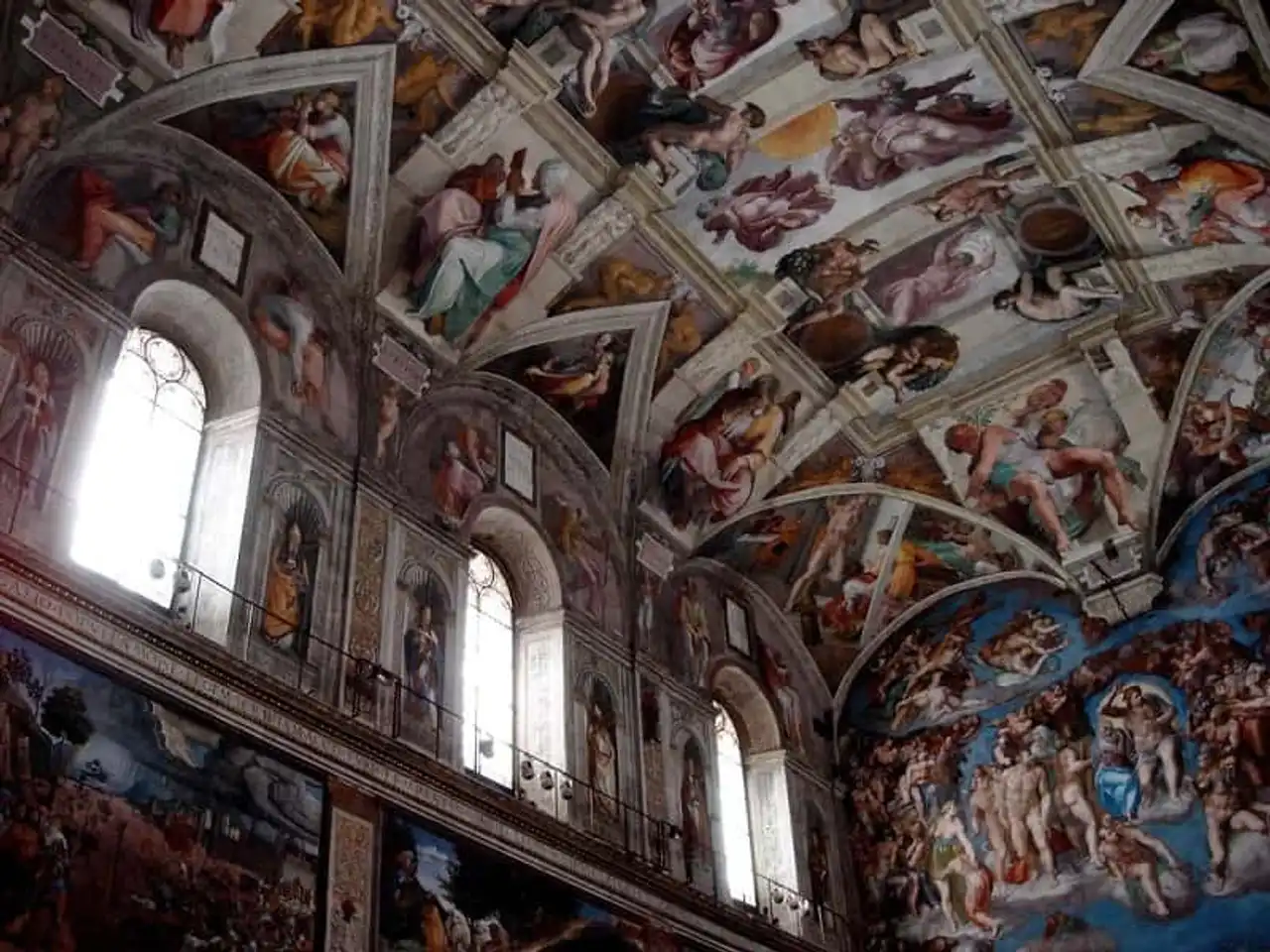
Photo credit: Flickr – Jon Rawlinson
The Sixtine Chapel is attached to the breast Vatican Museums and one cannot visit them independently (unless to do so) an exclusive private visit ). The chapel is located at the southwest corner of the Vatican Palace, communicating with the Raphael Chambers. Built by architects Baccio Pontelli and Giovannino de’ Dolci, it consists of an underground, a basement and the chapel as such. Visit the Sistine Chapel allows you to see the rectangular room 40 meters long over 13 meters wide, and a height of 21 meters. The dimensions would refer to the number of gold (21 divided by 13 equal to 1.61), often used by Renaissance architects. The building is lined with a vault in the cradle, pierced by twelve windows. Its floor is covered with marble, but it is for its decoration that we come to visit the Sistine Chapel.
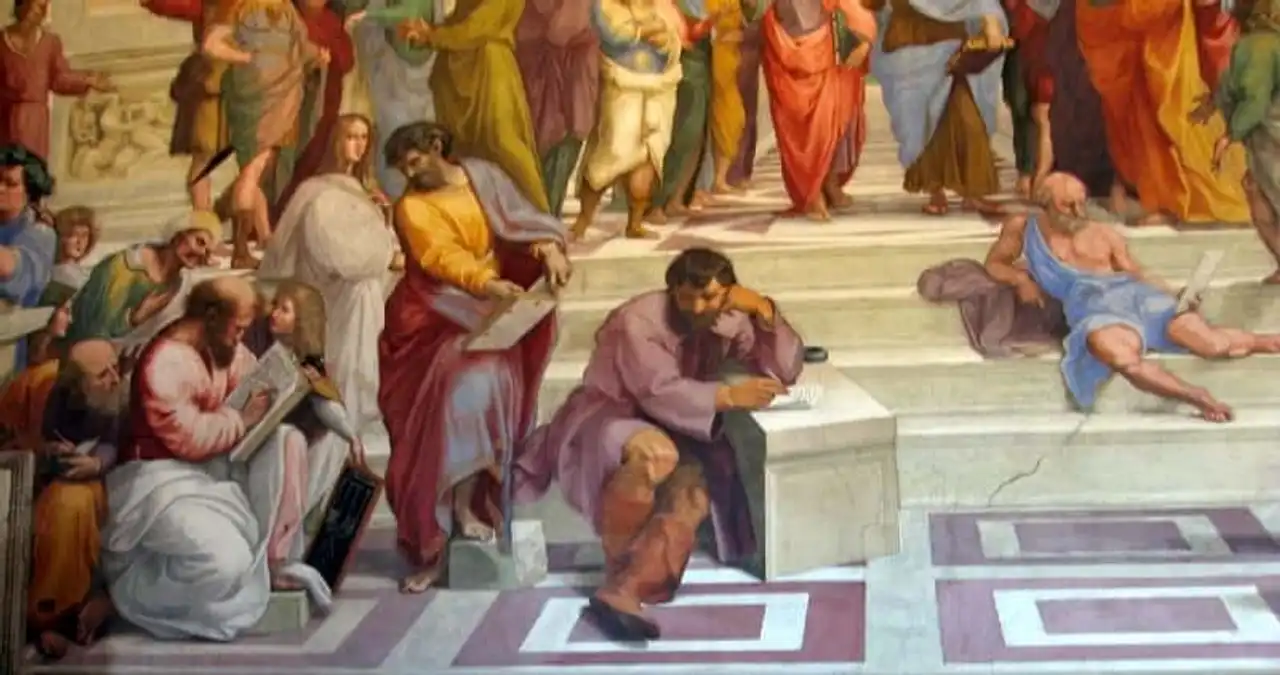
Photo credit: Flickr – Pierre Metivier
The monumental paintings were ordered by Sixte IV and Jules II to sit the hegemony of the papacy and its independence against the monarchs of Christianity. The walls are divided into three parts, representing scenes of the life of Moses, that of Christ, and portraits of 32 first Popes. One can see, among other things, 12 frescoes between the south wall and the north wall: the Journey of Moses (The Perugin), the passage of the Red Sea (Biagio di Antonio Tucci), the handover of the Tables of the Law (Cosimo Rosselli), the punishment of Coré, Datan and Abiram (Botticelli), the argument around the body of Moses (Matteo da Leccio). On the north wall, we admire the Baptism of Christ (The Perugin), the Tentation of Christ (Botticelli), the Sermon on the Mountain (C. Rosselli), the handover of the keys to Saint Peter (The Perugin), the Cene (Ghirlandaio) or the Resurrection (Hendrick van den Broeck).
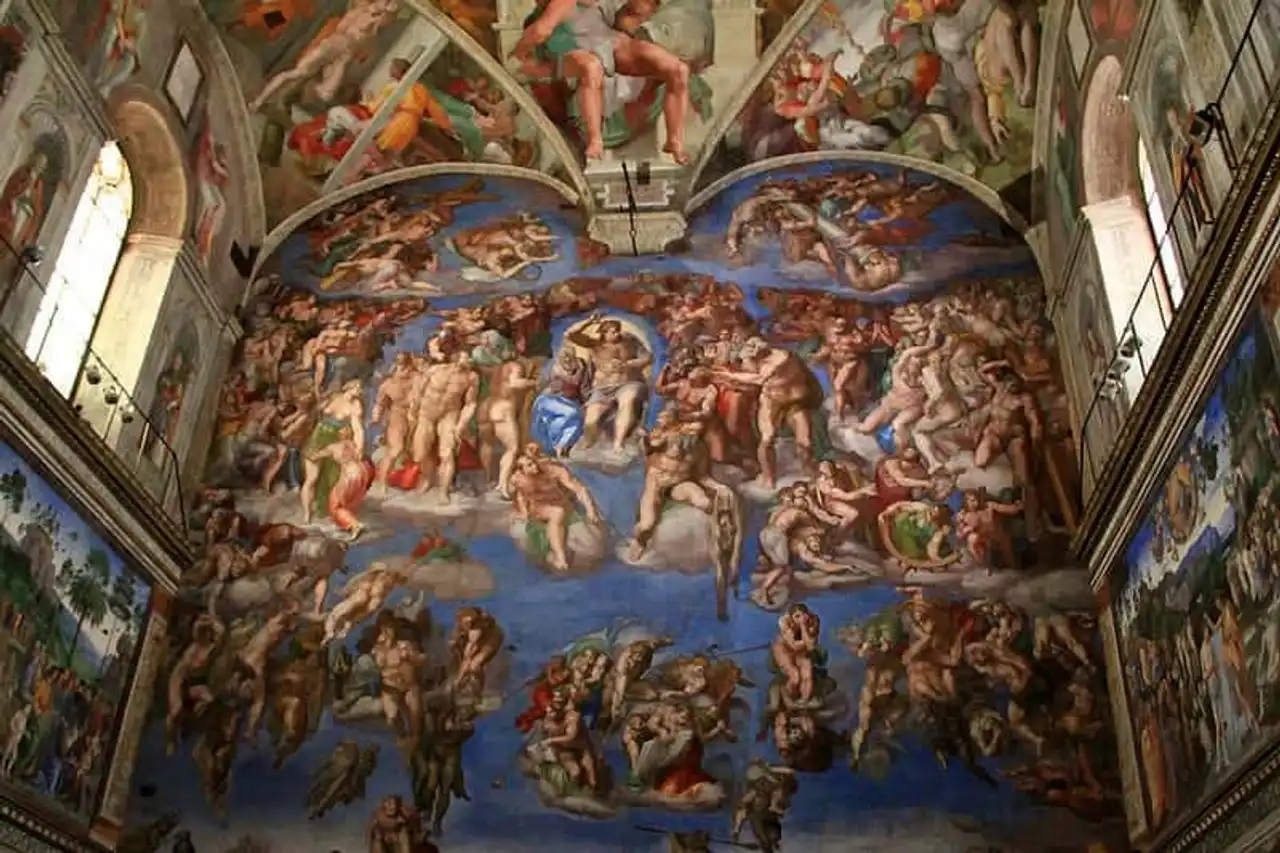
Photo credit: Flickr – C.
At the beginning of Jules II's pontificate, the latter orders the decoration of the ceiling of the Sixtine Chapel, in order to mask a crack caused by the construction of the basilica Saint-Pierre . The initial project provided for the representation of the 12 apostles, which Michelangelo transformed into representation of the episodes of Genesis. The visit begins with the Separation of light from the darkness, followed by the Creation of Adam, then by the Temptation of Christ. There are also portraits of prophets, sibylls and scenes of Israel’s history. There are more than 300 figures on the ceiling: we imagine the intense physical effort deployed to achieve such a work. Other great interest of tourists coming to visit the Sistine Chapel: the work of the Last Judgement. Painted by Michelangelo on the wall of the altar, it spreads over 20 meters high and 10 meters wide. The Sixtine Chapel is an illustrated Bible in large format, unique in the world.
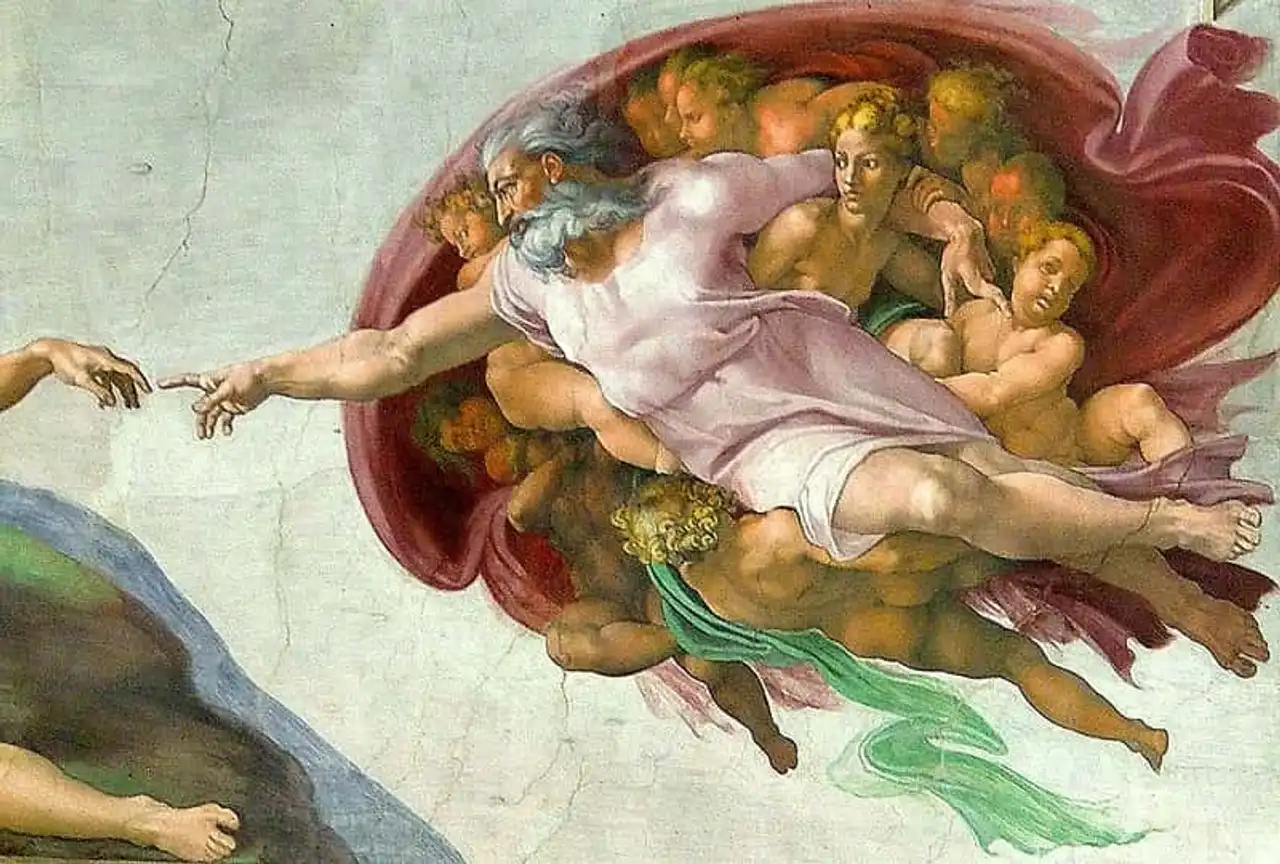
Photo credit: Flickr – Frans Vandewalle
How to visit the Sistine Chapel? (times, rates)
Due to the high affluence – 20,000 visitors per day - it is recommended to book a skip-line ticket in advance, online on the official site of the Sistine Chapel . If there is no more availability or you can’t browse the site well, we recommend you to try it on this site .
The visit is inseparable from the Vatican Museums. Thus, the rates are as follows:
- Full price : 17 €,
- Reduced price: 8 €.
The Sistine Chapel is open from Monday to Saturday, from 9 a.m. to 6 p.m.
It is closed to the public on January 6, February 11, March 19, Easter weekend, May 1st, June 29th, August 15th and December 8th, 25th and 26th.
If you come to visit the Vatican as a whole, there is a complete guided tour that includes the Vatican Museums, St.Peter's Basilica and the Sistine Chapel. Learn more about this guided tour of the Vatican .
Main photo credit: Flickr – BriYYZ
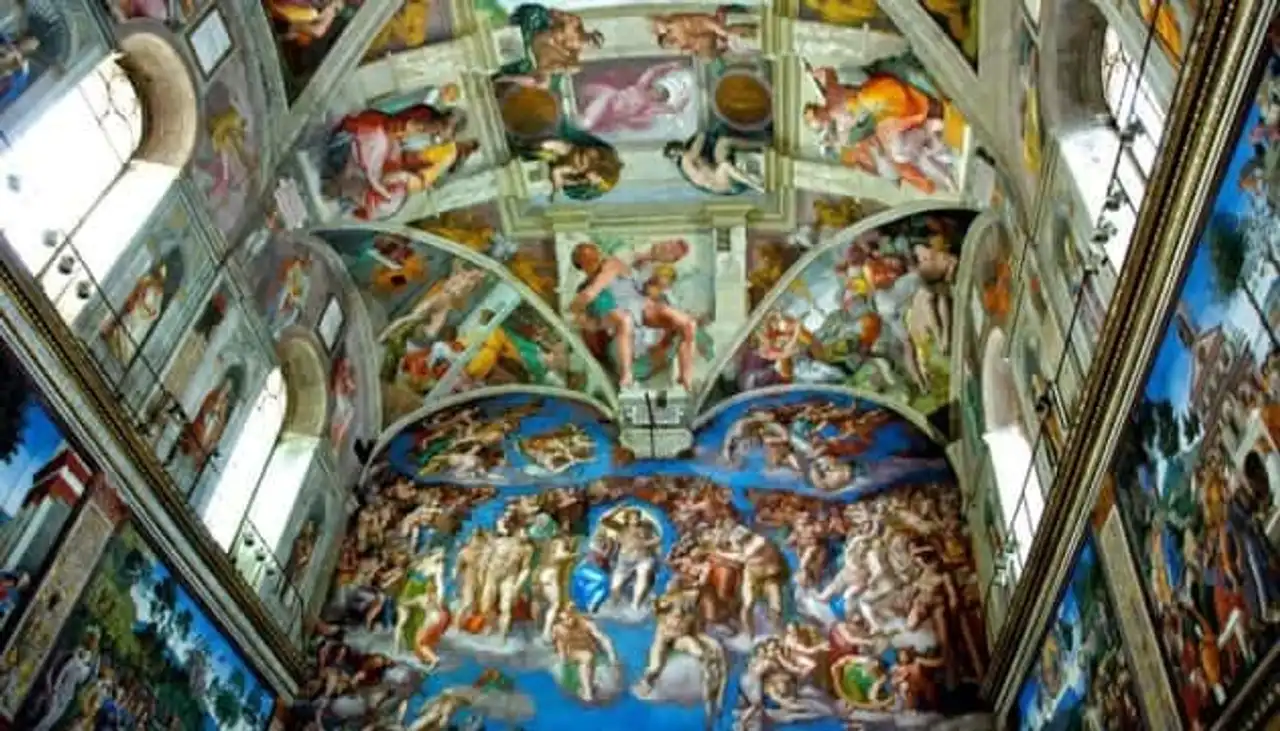




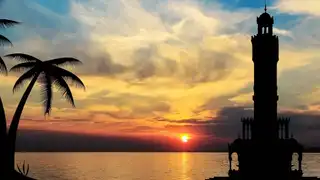
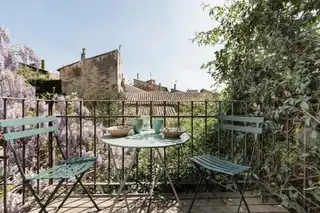
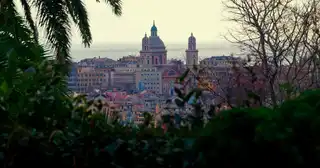
Loading comments ...